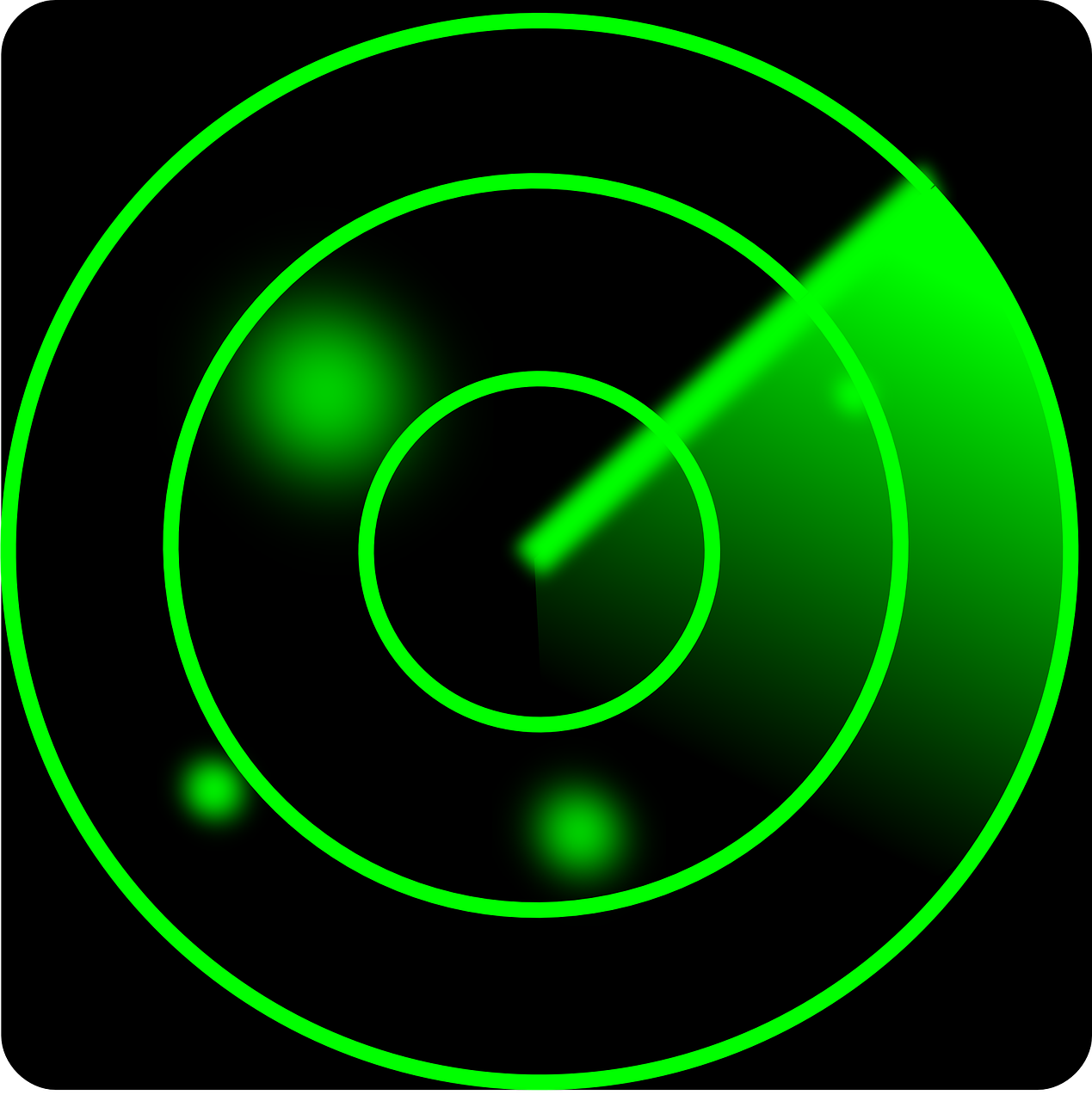
Radar is generally used to detect, analyze, or compare a wide variety of objects. The common radar methods compare incoming echo signals with signals transmitted by a receiver. Scientists at the Institute for Robust Power Semiconductor Systems (ILH) at the University of Stuttgart have now developed a new radar method that does not include the transmitted signal when it processes the reflections of a reference object.
The method developed by Prof. Ingmar Kallfass and his team enables the determination of relative distances between individual reflective objects. In addition, it has a number of other advantages over conventional radar, such as a simpler architecture for the radar sensor. This comprises just one or more non-linear receivers and an independent transmitter. What’s more, the new method is spatially and electrically independent of the transmitter and receiver. The scientists emphasize that this makes it particularly interesting for areas ranging from medical applications to security technology, manufacturing technology and material analysis.
Information on distance or material properties
In contrast to the established radar methods, there is no common time or frequency base between transmitter and receiver, say the researchers describing their method (see Fig. 1). ” The receiver (7) is completely decoupled from the transmitter (3). The determination of distances or material properties between two or more reflective objects (2a and 2b) is done without including the transmitted signal (5). With this method, the two or more received signals (9a, 9b) are compared to each other by mixing them in a non-linear receiver (7).”

You can get information about the distance or material properties “if there is a divergence of modulation between the first and the second signal received.” This divergence could represent a frequency variance, phase variance or even amplitude variance – “depending on the selected modulation form of the transmitted signal (5). In conventional radars, however, this divergence exists between the transmitted signal (reference signal) (5) and the individual received signals (10), whereas in the new method the divergence exists between two or more signals received (9a, 9b) without including the transmitted signal (5).”
Versatile range of applications
Due to the higher sensitivity of the radar receiver, the linearity range of the mixer can be utilized by a low-noise preamplifier, the researchers say. That way, apart from the first, dominant reflection signal from a reference object, weak signals from layers behind it could also be detected.
Thanks to this capacity, the new process is well-suited to a wide range of applications. “For instance, in body scanners it can exploit the reflection between the skin surface and semi-transparent objects above it, such as concealed plastic or ceramic weapons. This detection would even work with a moving object.
As a further area of application, researchers cite the medical field. For instance, for detecting breast cancer or signs of life. At present, non-contact detection with radar or ultrasound is not possible.
In manufacturing technology, the new process also offers advantages in the detection of manufacturing defects such as delamination or output control of packaging. Measuring the filling level or determining the piston level would also be possible, as well as tests in the field of material analysis.








